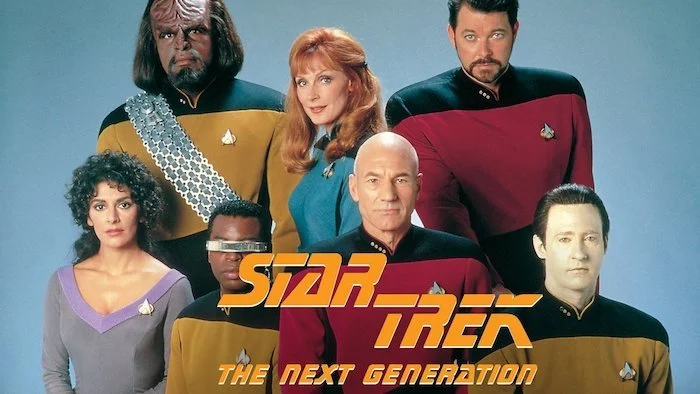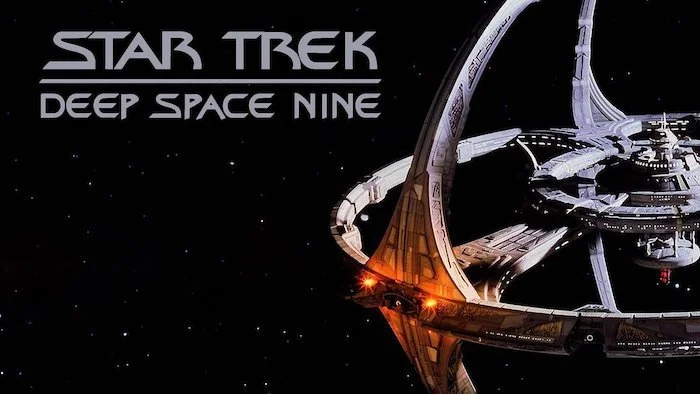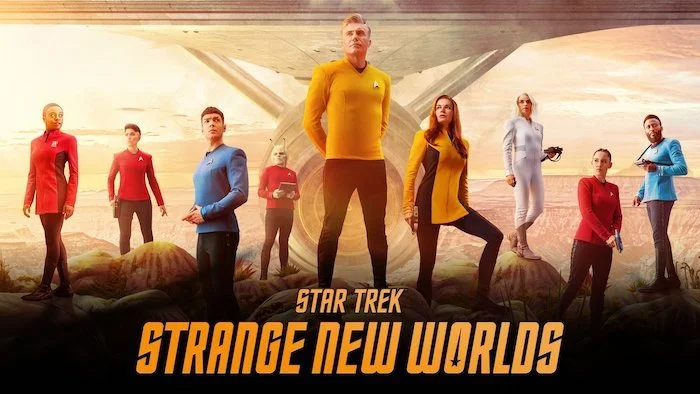Episodic Vs. Serialized Storytelling Which Is Better?
Image Source: TV Insider
Television used to be almost purely episodic. Each episode would be a story unto itself without a direct connection to the stories that came before or after it. In the 1990s, some shows started experimenting with serialization. They tended to have some standalone episodes but also continuing story arcs. If the viewer picked up one of these arcs in the middle, they would be confused because each episode is directly tied into the ones before and after. With the advent of streaming, serialized storytelling became the norm. The question is which is better, episodic or serialized storytelling. Star Trek is the perfect test case as they have run the gamut.
There have been ten live-action Star Trek series. The original series (TOS) was purely episodic. The Next Generation (TNG) was primarily episodic. They would occasionally have two-parters, but the average viewer could easily jump in at any time and understand what was happening. Deep Space Nine (DS9) is where Trek serialization began. The first two seasons were mostly episodic, with occasional hints of things to come. However, seasons 3-7 were heavily serialized, telling the story of the Dominion War. Voyager was something of a hybrid. There was one overarching storyline that went through the whole series, Voyager was trapped in the Delta Quadrant and trying to get home. But many, if not most, of the episodes, work as standalone stories. Enterprise was episodic for its first two seasons but heavily serialized for the third and fourth seasons. The new iterations of Star Trek, streaming on Paramount+, are mixed. Discovery, Picard, and Prodigy are serialized. Lower Decks is episodic. And Strang New Worlds (SNW) is a hybrid.
RELATED:
Image Source: TV Insider
There are pros and cons to each style of storytelling. For episodic television, the pros are that there is no barrier to entry for new fans, and the episodes can be watched in any order. The cons are that it limits the complexity of the stories, and there is less room to experiment. For serialized storytelling, the pros are that it allows complex storytelling and experimentation. There is no limit to how long a story can be. The cons are a high barrier to entry for new fans, and the episodes need to be watched in order.
Looking at the episodic Trek shows, like TOS, TNG, and Lower Decks, they have a lot going for them. The stories are short and sweet. Anyone can jump in at any point. And there is plenty of room for characterization. The problem is when something interesting comes up, they don’t have the freedom to explore it. For instance, the TOS episode “Amok Time” introduces a lot about Vulcan culture. Spock is taken with the pon farr and has to return to Vulcan to mate. It raises lots of questions, but the very next week, the crew of the Enterprise was on to an entirely new adventure without even mentioning the pon farr or Vulcan. On the plus side, a serialized show could never do an episode like Lower Decks’ “A Mathematically Perfect Redemption.” That episode is so standalone it could be part of a different show.
Image Source: TV Insider
With the serialized shows DS9, Enterprise, Discovery, Picard, and Prodigy, it’s the opposite. The stories are long, usually covering an entire season, and there’s no way to pick it up in the middle. The third season of Enterprise is a great example. That season a Xindi probe destroyed a large swath of Florida. The Enterprise was dispatched to discover why and stop the Xindi from committing future attacks. It was a riveting story, but only if the viewer started with the first episode and watched through to the end without missing any in-between. However, like with Discovery season one, they sometimes try to do a full season story, but there isn’t enough story to fill the time.
Then there are the hybrids, Voyager and SNW. In some ways, hybrids are the best of both worlds, but there can be some problems in others. In each case, they have the advantage of diving into interesting ideas. In SNW, there is Captain Pike’s vision of the future and Dr. M’Benga’s sick daughter. In Voyager, there was a whole story arc about the Borg which let the audience know much more than TNG ever could. But the episodic nature of the shows allows people to jump in whenever they want. However, when a viewer does jump in at a midpoint, the stories are far less rich than if watched from the beginning.
Image Source: TV Insider
Getting back to the question at hand, which is better? The realistic answer is that it depends on a viewer’s preferences, but that seems like a cop-out. While there is a certain charm to one-off episodes, serialized storytelling tells more soul-satisfying stories. And with streaming being what it is, there’s never a reason for the viewer to miss an episode, so one of serialization’s negatives no longer matters. All three, episodic, hybrid, and serialized, can make for excellent television. But the best television is the serialized kind.
READ NEXT:
Source(s): IMDb
















